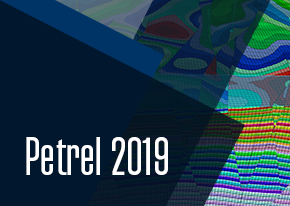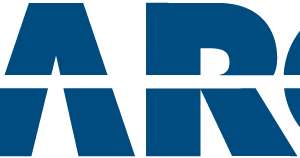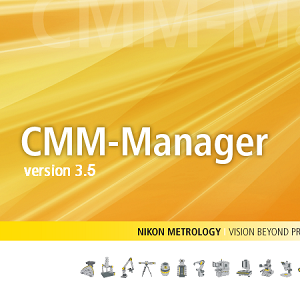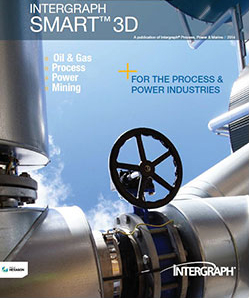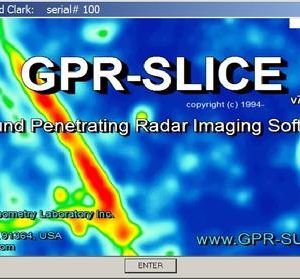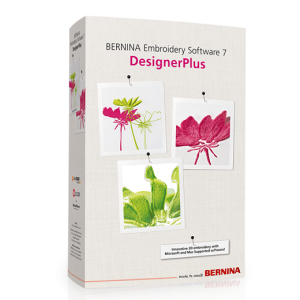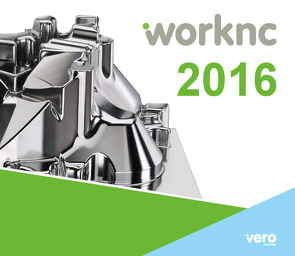Petrel E&P 2019.2 (unlimited use license)
$ 120.00
Petrel 2019.2 and Studio 2019.2
The 2019.2 release of the Petrel E&P software platform and the Studio E&P knowledge platform continues to deliver collaborative workflows and lead innovation with the best-in-class technology. The Petrel platform seamlessly integrates geology, geophysics, petrophysics, reservoir and production engineering, and drilling in a single shared earth workspace. This release continues to focus on usability—improving your everyday experience in the Petrel platform so you can focus on the interpretation, analysis, and simulation of your data to make better decisions.
Description
Usability, usability, usability
The Petrel 2019.2 release continues our focus on usability—improving your day-to-day experience in the Petrel platform. These improvements range from simple changes, such as indenting workflow editor loops to make workflows easier to read, to more complex improvements such as unlocking reservoir engineering processes so you can work on several tasks at the same time.
Find your data
The ability to combine AND and OR filters in Studio Find enables you to quickly find and retrieve data from the Studio platform. Once the data has been loaded into your project, the additional search qualifiers in the Petrel platform search tool helps you find the data you need.
Share your data
An “Apply to all” option has been implemented when exporting multiple surfaces, saving you clicks. And the ability to share triangle meshes via the reference project tool enhances your ability to collaborate and share data.
Fine-tune your interpretation
Further enhancements have been added to the multi–seismic reference datum (SRD)and depth-depth synthetics workflows, enabling fine-tuning of your data for more accurate results. Improved performance for the interactive eraser has also been implemented in Petrel 2019.2, helping you quickly correct and increase the accuracy of your interpretation.
The ability to display your logs in a spreadsheet with multiple indexes, where you can enter a sample rate of your choice, enables full flexibility to help you get the best understanding of your wells across domains.
Focus on quality control
Numerous developments in the seismic data conditioning workflows provide greater flexibility and additional quality control (QC) tools to make sure you’re getting the best results. Borehole trajectories and associated markers display for prestack data and new QC properties for partial angle stacks (such as Fold) are just a few examples of these.
Improve your reservoir understanding
Zonal juxtaposition is now available for structural framework models, helping you better characterize reservoir compartmentalization and gain a better understanding of potential fluid flow pathways. Model boundary validation checks and volume calculation performance improvements when multiple boundaries are use saves you time and ensures the quality of your input data.
Unlock efficiency
To enable you to work flexibly and more efficiently, it is now possible to open and work on multiple reservoir engineering and EORprocesses at the same time. Mass assignation and export of VFPtables also help you to work faster to define your field management plan.
Boost your geomechanics workflows
To help you complete your geomechanics workflows efficiently, Petrel 2019.2 introduces a number of usability improvements for mud weight prediction and stress charting, such as well section templates and independent depth references. Significant performance improvements in the creep material model enable you to work faster.


